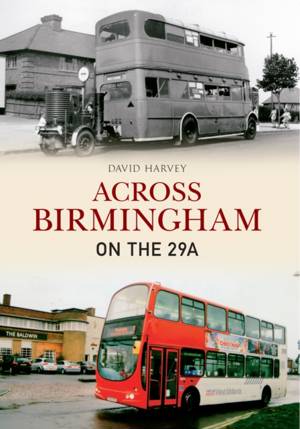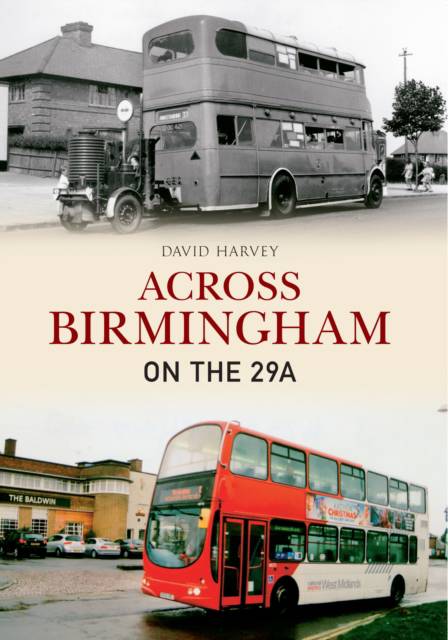
- Retrait gratuit dans votre magasin Club
- 7.000.000 titres dans notre catalogue
- Payer en toute sécurité
- Toujours un magasin près de chez vous
- Retrait gratuit dans votre magasin Club
- 7.000.0000 titres dans notre catalogue
- Payer en toute sécurité
- Toujours un magasin près de chez vous
Description
David Harvey takes us on a journey on the second longest bus route that was initiated by Birmingham Corporation. The 29A bus route operated across Birmingham and technically it was the only Corporation bus service that crossed the city boundary at both termini. From Pheasey Estate and the huge municipal housing area in Kingstanding on the northern side of the city, it went through the City Centre to suburban Hall Green on the border with Solihull to the south. Although focusing on the 29A bus service, this book also covers the associated routes such as the 30, 33, 90 and 91, and with the 5 and 6 routes brings the story up to date with recent developments which extended existing bus services into Solihull. David Harvey shows this cross-section of Birmingham from the introduction of the service in 1928 to its replacement in the days of the West Midlands Passenger Transport Executive, which began work in 1969, and National Express West Midlands. This book covers an historical period of great urban and social change in Birmingham, from the massive expansion of council housing following the First World War, the contrast from back-to-back housing in the inner areas to leafy suburbia nearer to the City's boundaries, redevelopment of the city in the 1960s, industrial expansion and decline as well as current urban development along the routes. The 29A and its associated routes is primarily about Birmingham's buses and the whole range of vehicles dating from the late 1920s right up to the present day. The evolution of the city and the associated routes on the transect across from Kingstanding to Hall Green is well represented by a wonderful collection of photographs.
Spécifications
Parties prenantes
- Auteur(s) :
- Editeur:
Contenu
- Nombre de pages :
- 192
- Langue:
- Anglais
Caractéristiques
- EAN:
- 9781445616216
- Date de parution :
- 15-11-13
- Format:
- Livre broché
- Format numérique:
- Trade paperback (VS)
- Dimensions :
- 165 mm x 234 mm
- Poids :
- 452 g

Les avis
Nous publions uniquement les avis qui respectent les conditions requises. Consultez nos conditions pour les avis.






